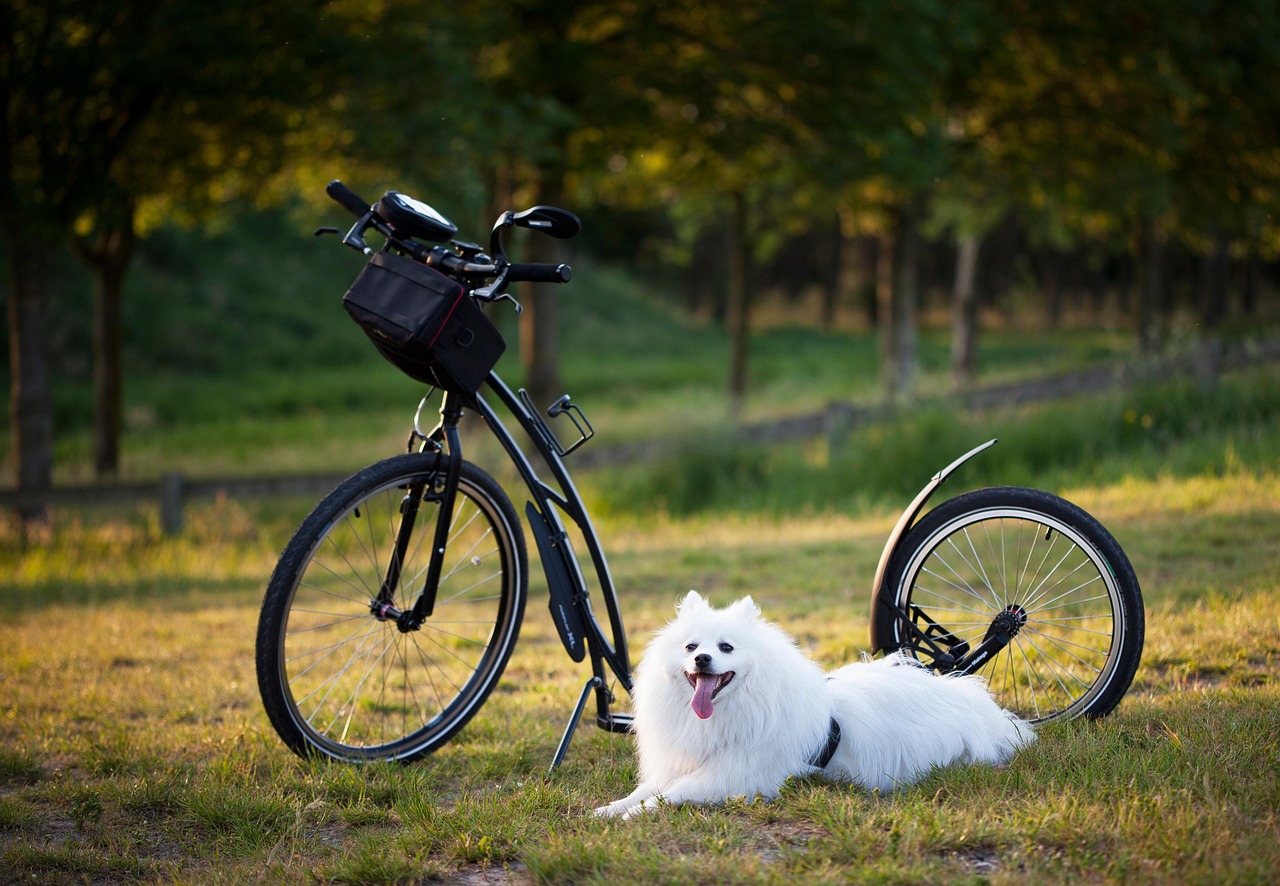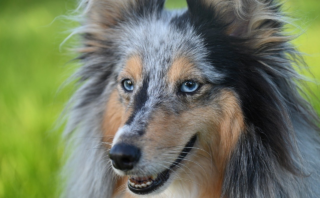Mastering Canine Communication: Kid-Friendly Dog Training Tips
Engaging children in the process of dog training is beneficial both for the child and the pet. Not only do dogs benefit by becoming better socialized and more adaptable to various situations, but children also get to learn about responsibility, patience, empathy, and the importance of establishing strong bonds with animals. However, the art of dog training for kids is not without its nuances and complexities, and requires a careful, structured approach. Let’s delve into what it encompasses and how to go about it with the efficiency, effectiveness, and enjoyment it deserves.

Basics of Dog Training for Kids
The starting point of dog training for kids is grounded in the fundamental principles of positive reinforcement. Children must understand that dogs react positively to rewards – be it treats, praises, or playtime. This principle encourages desirable behaviors, gradually replacing bad habits with good ones.
There’s also a vital need for consistency. Inconsistent cues create confusion for dogs, limiting their learning capacity. Therefore, ensuring that every member of the family uses the same commands and gestures greatly enhances the training process.
Another important aspect is patience. Training takes time and progress may seem slow. Children should be encouraged to stay patient throughout the process and understand that training does not happen overnight.
Simple Commands for Kids to Teach Dogs
Once children understand the basics of dog training, they can start with teaching simple, basic commands which include “Sit,” “Stay,” “Come,” “Down,” and “Leave it.”
“Sit” is an excellent starting point. With a treat in hand, the child can hold the treat over the dog’s head, moving it backward. The dog, in an attempt to keep his eyes on the treat, will naturally sit.
“Stay” is another command that is essential for safety. The concept is to ask the dog to remain in one place, regardless of distractions.
“Come” is another safety-related command. Also known as recall, this requires the dog to come back to the child when called.
“Down” tells a dog to lie down and, when teamed with “Stay,” this command is helpful in calming an energetic or excited dog.
“Leave it” instructs the dog to move its attention away from something. This command is beneficial in situations where the dog may pick up something harmful.

Supervision and Safety
When children are involved in dog training, there needs to be a strong emphasis on supervision and safety. It is essential to remember that children should never be left alone with a dog, especially during training sessions. Adult supervision ensures that the training session moves smoothly, ensuring the safety of both the child and the dog.
Frequently Asked Questions
1. At what age can a child start training a dog?
Typically, children above the age of five can participate in dog training, given they are mature enough to understand the process and the command cues.
2. How long should each training session last?
It can depend on the dog’s age and attention span. Generally, for puppies, it should be around 5 minutes, and for older dogs, it can be around 15 minutes.
3. How can I ensure my child is safe during training sessions?
Adult supervision is crucial during training sessions. Ensure the sessions do not occur when the dog has high energy or is stressed, as it could inadvertently harm the child.
4. How should children react when a dog doesn't obey a command?
It’s essential to teach children to remain calm and patient. They should repeat the command without shouting or showing frustration.
5. Should a child discipline a dog?
Discipline, in terms of physical punishment, should be strictly avoided. Instead, undesirable behaviors should be discouraged with non-rewarding responses like ignoring.
Conclusion
Engaging children in dog training can be an enriching experience, infusing them with a sense of responsibility and nurturing bonds of love with their furry buddies. Equipped with the right knowledge and approach, this shared experience can significantly enhance the relationship between children and their pets. The challenges encountered and surmounted along the learning curve would undoubtedly be a valuable life lesson for your child, with impacts extending beyond the realm of pet handling and into the broader perspective of their developmental processes.




